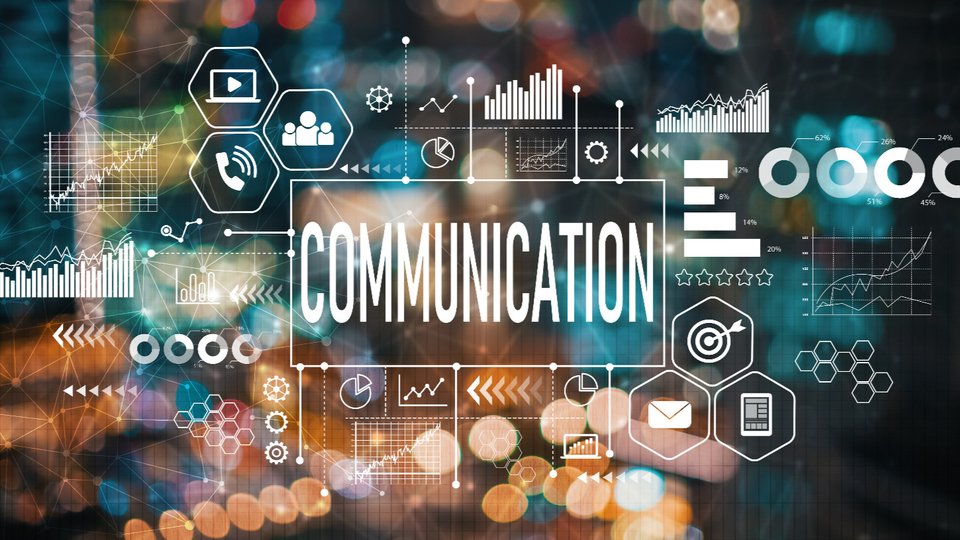Customer Service
The communication gap holding back businesses
When communication tools aren’t integrated with the platforms retailers rely on — such as CRM systems, dispatch tools or customer service software — it creates friction at every step of the customer journey.

October 17, 2025 by Jim Eckes — Founder, TieTechnology
In field service industries — whether HVAC, plumbing, electrical or pest control — clear, reliable communication is mission-critical. Yet, many companies are hindered by a common but often overlooked issue: outdated or disconnected phone systems that don't align with their operational workflows. Likewise, organizations in retail face the same dilemma.
The result? Slower response times, missed opportunities, and mounting inefficiencies. When communication tools aren't integrated with the platforms businesses rely on—such as CRM systems, dispatch tools, or customer service software — it creates friction at every step of the customer journey. Office staff are left with more manual work, technicians are dispatched with incomplete information, and business leaders face lost revenue and diminished customer satisfaction.
A fragmented tech stack
In many field service operations, phone systems are managed separately from the rest of the IT infrastructure. This issue often occurs in retail as well. CRM software may be used to track jobs and customer records, while separate spreadsheets or tools handle scheduling — and phones operate on an island. This siloed setup leads to fragmented data, inconsistent call logging, and reduced visibility into team performance.
The lack of integration between communication tools and business systems slows down workflows and compromises the customer experience. A technician may arrive on-site without full knowledge of the client's history. A dispatcher might miss an urgent call because it wasn't routed correctly. And call records, if tracked at all, are often incomplete or inaccessible.
Why integration matters
For field service or retail businesses striving for operational excellence, integrated communication tools are no longer a luxury—they're a necessity. When phone systems are embedded directly into CRMs and dispatch platforms, they become powerful enablers of efficiency. Key benefits of an integrated approach include:
- Instant Caller Context: Incoming calls can trigger on-screen pop-ups with the caller's job history, preferences, and open tickets.
- Click-to-Call from CRMs: Team members can initiate calls directly from customer records, eliminating the need to switch between systems.
- Automated Logging and Recording: Every interaction is documented, improving accountability and reducing manual data entry.
- Smart Call Routing: Calls are directed to the appropriate team member based on criteria like geography, time of day, or customer status.
- Scalability Across Devices: Solutions that support mobile devices, softphones, and on-site hardware make it easier to scale with team growth.
What to look for in a modern communication system
When evaluating or upgrading your phone system, consider how well it supports your core operational goals. Questions to ask include:
- Does the system integrate seamlessly with your CRM, scheduling, or dispatch platform?
- Are you able to track and analyze call activity in real time?
- Can the system scale with your business as you grow or add new locations?
- Are mobile and remote workers fully supported?
- Does the provider offer knowledgeable support with experience in your industry?
If the answer to most of these is "no" or "not sure," it may be time to reassess whether your communication tools are helping or hindering your operations.
The path forward
In field service and retail, communication is the backbone of performance. It connects teams, enhances customer relationships, and drives operational agility. Businesses that invest in modern, integrated communication systems can reduce errors, streamline workflows, and ultimately deliver a better customer experience.
The solution isn't always about adopting entirely new technologies — it's often about making existing tools work better together. By choosing systems that integrate communication with everyday operations, field service businesses can move from reactive to proactive, and from fragmented to fully connected.
About Jim Eckes
With decades of professional experience, Jim Eckes prides himself on creating meaningful partnerships with businesses to help them better serve their customers. As the leader of TieTechnology, he’s focused on building custom VoIP phone system solutions for organizations across numerous sectors. Jim’s vast experience puts him in a unique position to launch legacy telecom into the future.
